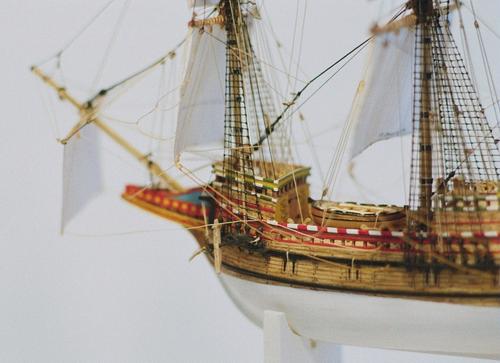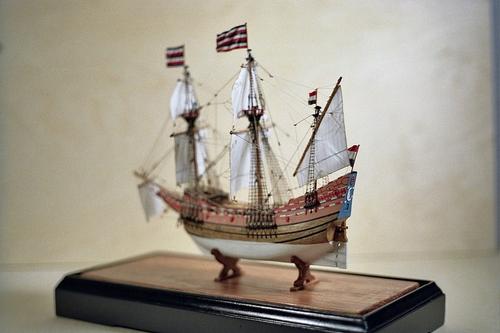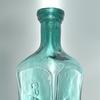Miniature Collectibles - The Stewart Collection of Classic Ships
- April 15, 2012 08:31

It's evident on the collectible's circuit that miniature ship models have taken on a new perspective as an artform. In recent times it has been garnered the distinctive titleship as being a highend collectible under the auctioneer's hammer -and bidding participants who look upon these tiny gems, with awe and appreciation, anticipate ownership.
These ship miniatures have been bought, sold, and appraised for hundreds (sometimes thousand of dollars) -attesting to the fact that these are, indeed, highly desirable art pieces.
Ship models, or rather, the ship model has long been regarded in the maritime to be a craftsman's art and not taken seriously as a fine art medium. In fact, the truth of the matter ingrains itself that this genre of maritime is fine art and has been for centuries. Viewing a miniature from this perspective makes it the brainchild for personal originality in a medium that has its own niche. Such are the pieces produced in this body of work titled "The Stewart Collection".

In its proper element, like a painting, it should not be so meticulously 'clean' to warrant blueprint copy -rather, a free flowing balance that set the work apart from the flock to make it an original one-of-a-kind. To this end I have, on purpose, set these works apart from technical and traditional applications by antiquing and weathering the hulls in this collector series. This method of detailing is my coined signature for "The Collection". Furthermore, I have found, as my collectors and followers have found, that there exist an intrinsic beauty with these small works.
The rigging system of these miniatures take on a different perspective opposite contemporary models to achieve both originality and realism. Many artistans in this field use copper wire for their applications. I find that using linen and antique threads are more suitable and 'true' to the building process where these fibers run through miniature wood blocks and are belayed at their appropriate deck pins. All models in this exclusive "Collection" are rigged in this manner (with minute and timeless detail) to copy and emulate thre actual vessel. Some works are more complicated in detail and are priced according to the extent of work involved.

Painstaking research and careful planning is applied for each miniature project in this series. The hull is made of yellow pine and the topside plankings are handscribed and gently scored. Pre-mixed stains and varnish finish the hull, and the colors are carefully chosen to balance model and dislay case so that the integration of both becomes one artform. All deck furniture is made of either yellow pine or basswood. The decks are scaled, scored by hand with pencil and finished to simulate chaulking. The trunnels, spaced carefully, are pinned and stained to give the impression of miniature fastenings -one of the primary signatures of this collective body of classic ships.
The history of miniatures is virtually unknown. It is said, and believed, that the first evidence of them were discovered in Egypt at tomb excavation sites during the 19th century. Since that time the miniature ship model have caught the attention of world leaders, curators and collectors who have looked upon this artform with much respect and anticipation -primarily because of its beauty and quality .
In contemporary times, British artist Donald McNarry set the standard for these small gems with his first exhibition in 1935. Collectors worldwide, both private and corporate, have searched the maritime for McNarry's miniatures since his retirement in 1983 -evidence that the miniature continues to be a well respected and soughtafter highend collectible.









100x100_c.jpg)











